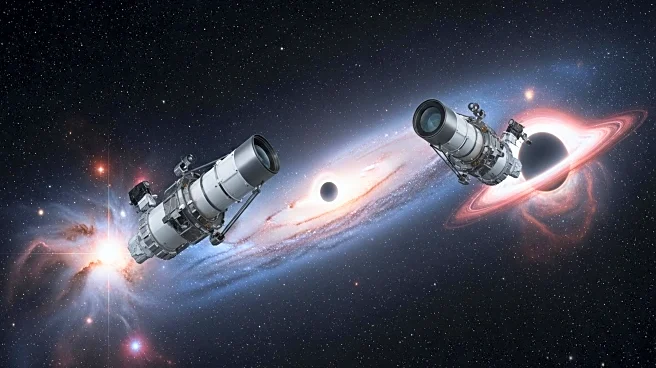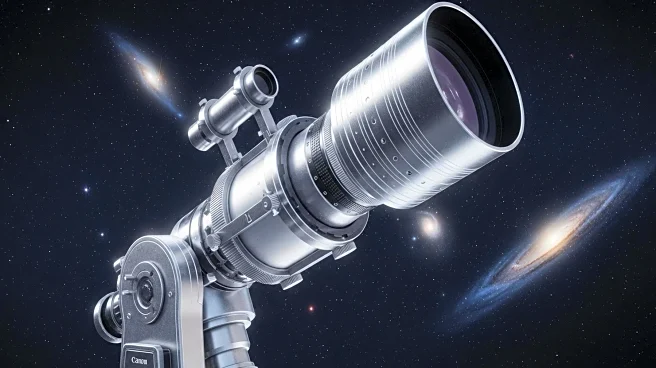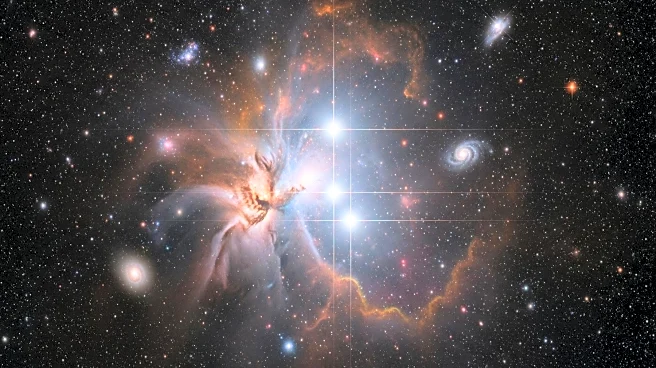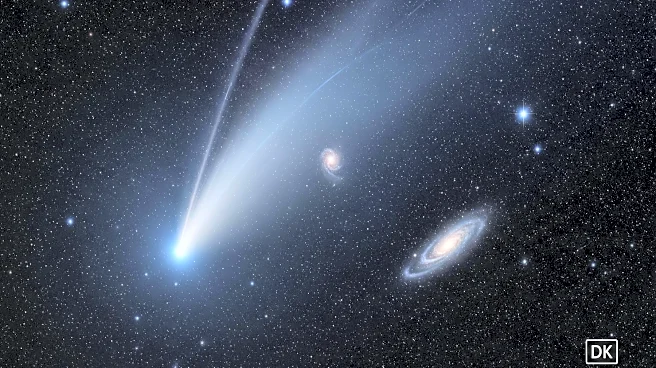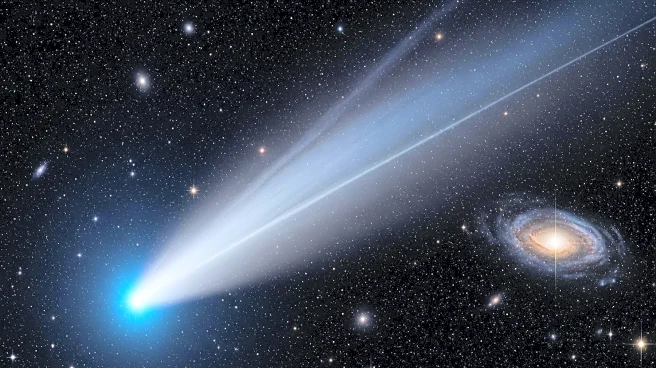What is the story about?
What's Happening?
Space.com showcases the South Pole Telescope beneath a colorful night sky in Antarctica. The telescope, completed in 2007, is a key tool for studying the cosmic microwave background, the afterglow of the Big Bang. Located near the Amundsen-Scott South Pole Station, it provides ideal conditions for radio astronomy due to the region's thin, dry air and lack of light pollution. The telescope has contributed to understanding dark energy, mapping galaxy clusters, and examining large-scale cosmic structures.
Why It's Important?
The South Pole Telescope plays a crucial role in advancing our understanding of the universe's origins and composition. Its research on the cosmic microwave background helps answer fundamental questions about the universe's evolution. The telescope's findings on dark energy and galaxy clusters contribute to the broader field of cosmology, offering insights into the universe's large-scale structure and dynamics.
AI Generated Content
Do you find this article useful?


